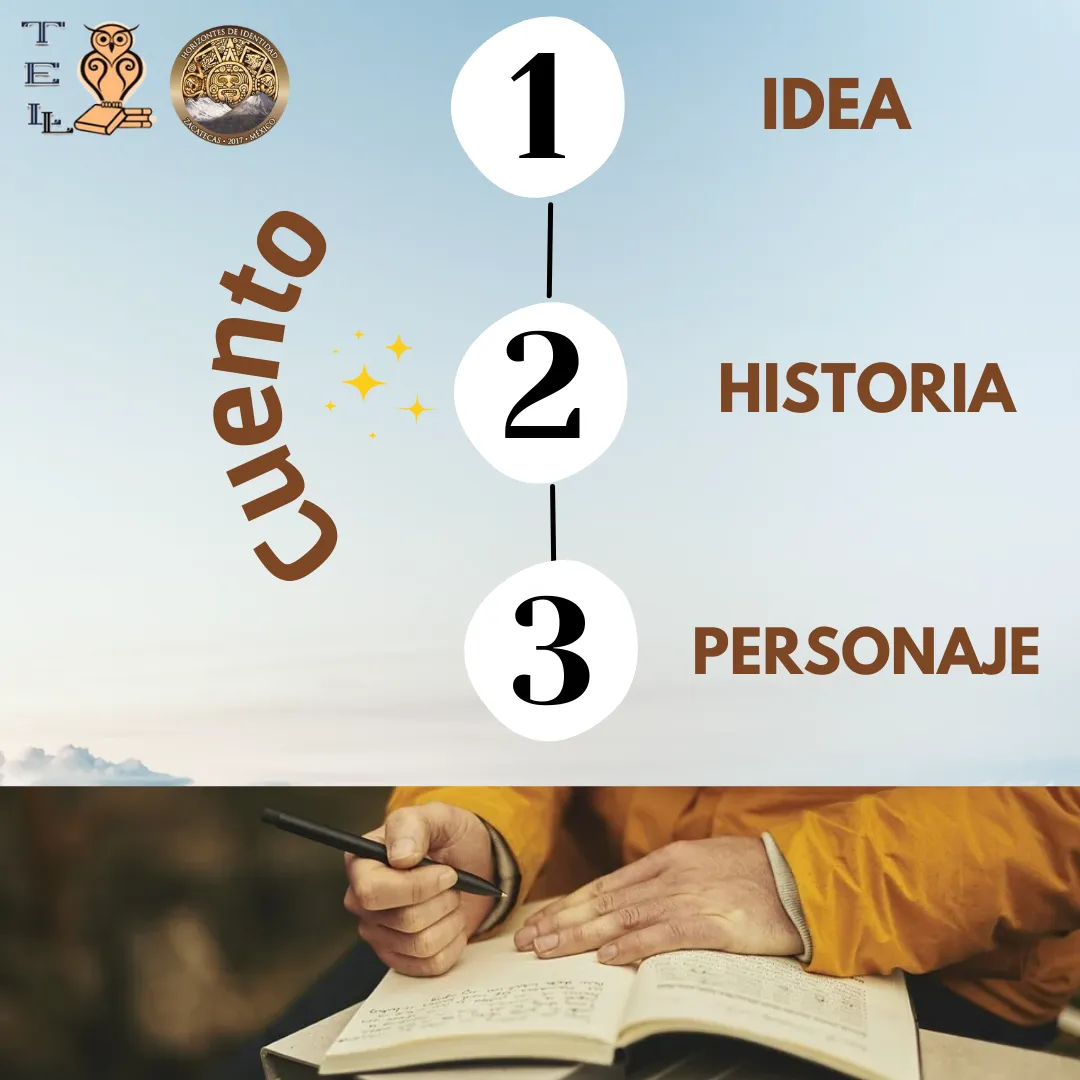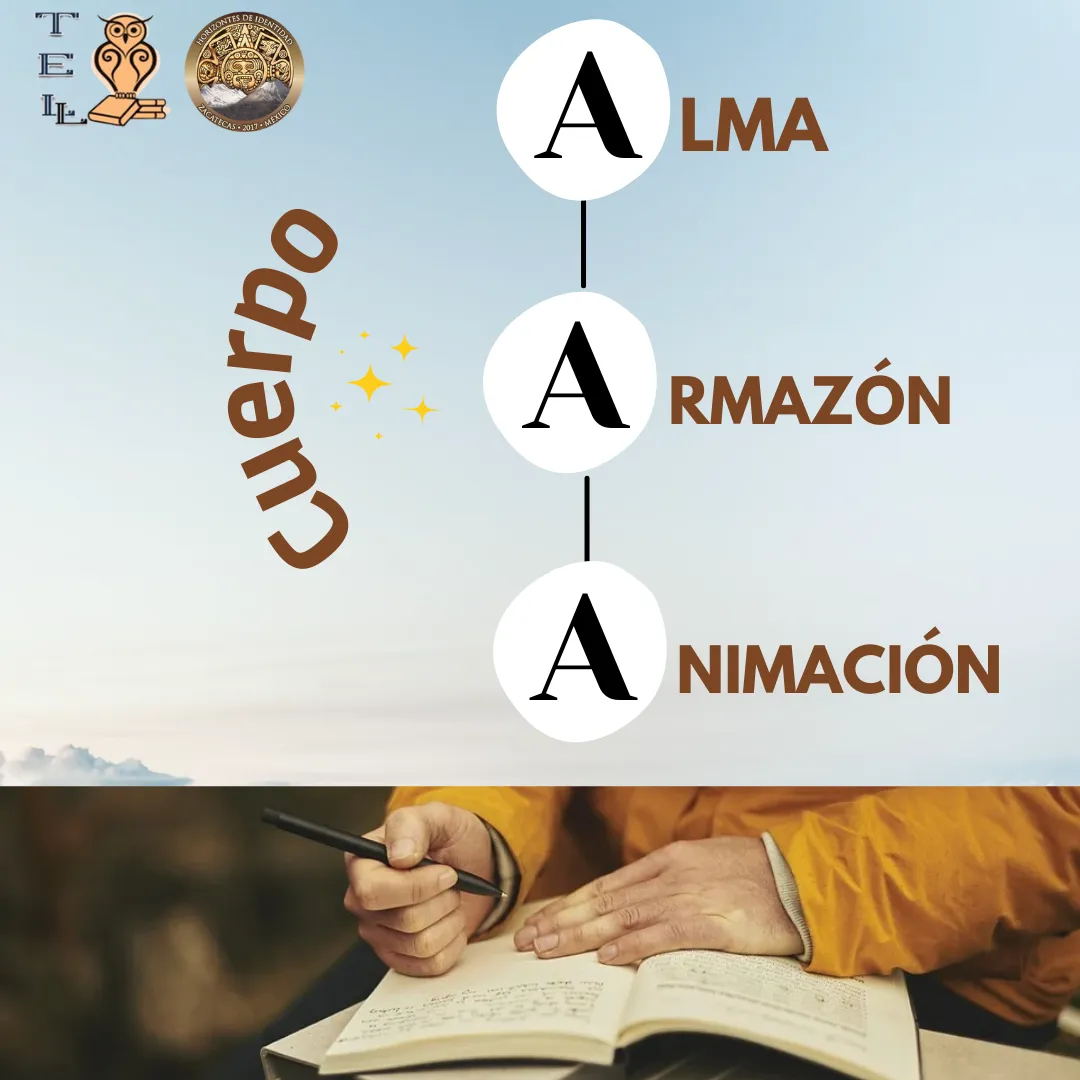
LA CREACIÓN LITERARIA
Voy a ser directo y breve para no confundir. Digamos que usted quiere inventar un cuento o un relato (hay una pequeña diferencia entre uno y otro; el cuento tiene un conflicto, el relato no; pero de esto hablaremos luego). Usted quiere inventar un cuento; bien, lo primero que necesita es una IDEA, sin esto el escritor es nada; el artista es nada y si me lo permiten diré que el ser humano sin ideas, es nada. Ahora, esta idea puede ser; óigase bien: lógica o absurda.
Lo segundo que deben tener es una HISTORIA; real o fantástica. Vaya asociando; una idea, por ejemplo, dos enamorados que conspiran para casarse; esa idea la englobamos en una historia, es decir, nos imaginamos que estos enamorados, algo o alguien les impide unirse, por eso la conspiración.
Lo tercero es que toda historia le sucede a alguien, en otras palabras, a un PERSONAJE (humano o no; persona, animal, cosa, objeto). En el caso de la idea que venimos ejemplificando, digamos que nuestra historia le sucederá a una joven y a un joven, hombre y mujer, pero ustedes pueden enamorar a otras especies o combinar.
Estos tres elementos serían los indispensables para concebir un cuento: una idea, una historia y al menos un personaje. Las ideas abundan, pero hay que saber seleccionarlas; algunas son muy sugerentes, despiertan la imaginación, provoca trabajarlas; otras dan dolores de cabeza y por lo tanto hay que abandonarlas. Eso forma parte del trabajo del escritor, de su técnica, saber hallar las ideas; estas deben parecer impactantes para el escritor porque con la idea se inicia el proceso creativo.
Una vez seleccionada la idea, hay que delimitarla, conocer el tema que abordaremos. Es necesario ocuparnos mentalmente de la historia, preguntarnos acerca de ella; hacer este ejercicio entrena al cerebro, nos preparara para obtener las respuesta que irán surgiendo, según lo que deseamos lograr; los maestros sugieren que nos ocupemos de la historia lo más que podamos, hasta que la tengamos más o menos clara y que cuando ya podamos contárnosla a nosotros mismos, en tres líneas, empecemos a trabajarla. Lo de las tres líneas, sería así:
Dos jóvenes de familias enemigas se enamoran;
conspiran para casarse.
La conspiración fracasa y ambos mueren.
Recuerdan a Romeo y Julieta, de William Shakespeare, bueno, esa es la historia en tres líneas; sencillo, ¡cierto! Ah, están pensando en que no son genios como Shakespeare, permítanme recordarles que ese genio primero empezó barriendo la mierda de los caballos que se amontonaban fuera del teatro; luego tuvo actitud, aprendió la técnica, y ya saben el resto. Nuestra ventaja es que ya no hay necesidad de recoger excremento, basta con conocer nuestras capacidades, perfeccionar el talento y eso es fácil en estos tiempos, póngale voluntad y verá.
Continuaremos en la próxima parte desarrollando el siguiente esquema, donde explicaré cómo darle cuerpo a una obra.

LITERARY CREATION I
I will be direct and brief so as not to confuse. Let's say you want to invent a story or a tale (there is a small difference between one and the other; the story has a conflict, the tale does not; but we will talk about this later). You want to invent a story; well, the first thing you need is an IDEA, without this the writer is nothing; the artist is nothing and if you allow me I will say that the human being without ideas, is nothing. Now, this idea can be; listen well: logical or absurd.
The second thing you must have is a STORY; real or fantastic. Go on associating; an idea, for example, two lovers who conspire to get married; that idea is included in a story, that is to say, we imagine that these lovers, something or someone prevents them from getting together, that's why the conspiracy.
The third thing is that every story happens to someone, in other words, to a CHARACTER (human or not; person, animal, thing, object). In the case of the idea that we have been exemplifying, tell us that our story will happen to a young woman and a young man, man and woman, but you can fall in love with other species or combine them.
These three elements would be indispensable to conceive a story: an idea, a story and at least one character. Ideas abound, but you have to know how to select them; some are very suggestive, awaken the imagination, provoke you to work on them; others give you headaches and therefore you have to abandon them. That is part of the writer's job, of his technique, to know how to find the ideas, these must seem impressive to the writer because the creative process begins with the idea.
Once the idea has been selected, it is necessary to delimit it, to know the subject we will deal with. It is necessary to occupy ourselves mentally with the story, ask ourselves about it; doing this exercise trains the brain, it will prepare us to obtain the answers that will arise, according to what we want to achieve; the teachers suggest that we occupy ourselves with the story as much as we can, until we have it more or less clear and when we can tell it to ourselves, in three lines, we begin to work on it. The three lines would be like this:
Two young people from feuding families fall in love;
They conspire to marry.
The conspiracy fails and they both die.
Remember William Shakespeare's Romeo and Juliet, well, that's the story in three lines; simple, right! Ah, you are thinking that you are not geniuses like Shakespeare, let me remind you that that genius first started by sweeping up the horse shit that piled up outside the theater; then he had attitude, learned the technique, and you know the rest. Our advantage is that there is no need to pick up excrement, it is enough to know our capabilities, to perfect our talent and that is easy in these times, put will and you will see.
We will continue in the next part developing the following scheme, where I will explain how to give body to a work.


Portada hecha con imágenes de Canva
